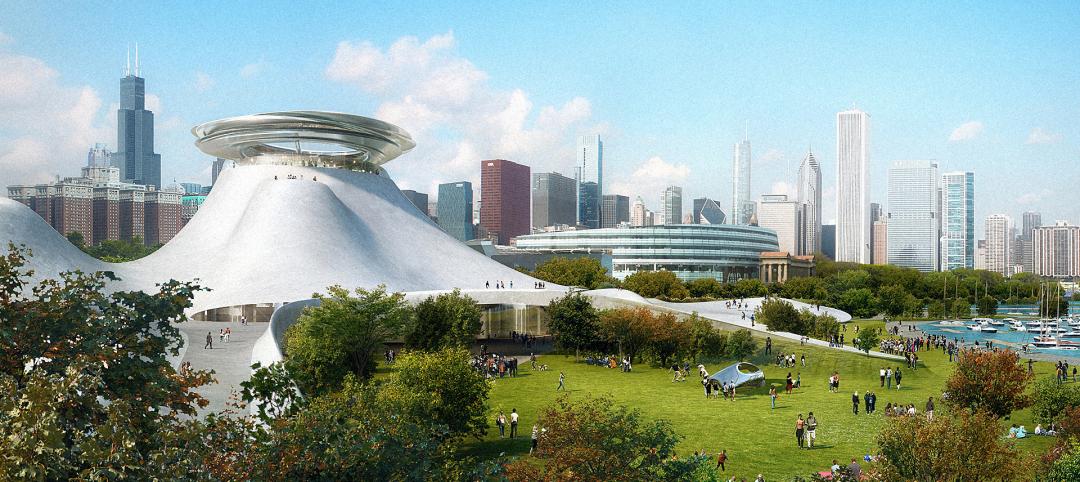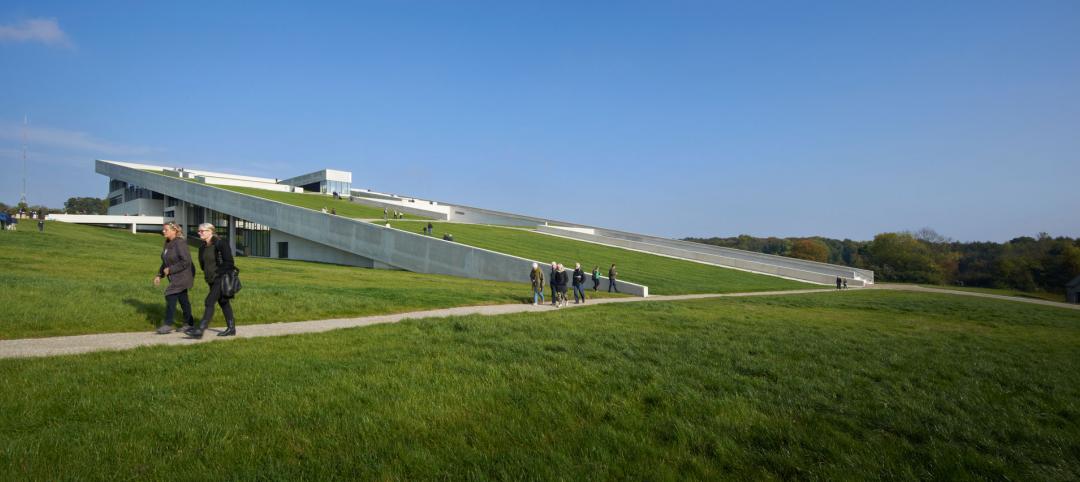The Leading Culture Destination Awards have been referred to as ‘The Oscars for Museums,’ for their role in recognizing institutions and cities around the globe for highlighting local culture, collaborating across sectors, and showcasing emerging destinations. And if the LCD Awards are the Oscars for Museums, then The Museum of Tomorrow, designed by Santiago Calatrava, has just won best picture for Central and South America.
The museum was awarded “Best New Museum of the Year – Central & South America” for its ability to address the future of the planet and lead the way in forward-thinking sustainable innovation.
The museum’s design is inspired by Brazilian culture and emphasizes sustainable design through its incorporation of natural light and use of water from the bay to regulate temperature. The roof and façade stretch almost the entire length of the Maua Pier while a reflecting pool filled with water from the surrounding bay gives the impression that the museum is floating. Additionally, photovoltaic solar panels on the roof adjust to the angle for the sun throughout the day for maximum solar intake.
The Museum of Tomorrow was also nominated for the ‘Museum Architecture of the Year’ award, but The Broad, a contemporary art museum in Los Angeles, won. Since the museum opened in December of 2015, it has already surpassed one million visitors and has become a symbol of the urban recovery of the Puerto Maravilha neighborhood.
Related Stories
| Nov 14, 2014
Bjarke Ingels unveils master plan for Smithsonian's south mall campus
The centerpiece of the proposed plan is the revitalization of the iconic Smithsonian castle.
| Nov 12, 2014
Chesapeake Bay Foundation completes uber-green Brock Environmental Center, targets Living Building certification
More than a decade after opening its groundbreaking Philip Merrill Environmental Center, the group is back at it with a structure designed to be net-zero water, net-zero energy, and net-zero waste.
| Nov 7, 2014
NORD Architects releases renderings for Marine Education Center in Sweden
The education center will be set in a landscape that includes small ponds and plantings intended to mimic an assortment of marine ecologies and create “an engaging learning landscape” for visitors to experience nature hands-on.
| Nov 5, 2014
The architects behind George Lucas' planned Chicago museum unveil 'futuristic pyramid'
Preliminary designs for the $300 million George Lucas Museum of Narrative Art have been unveiled, and it looks like a futuristic, curvy pyramid.
| Nov 3, 2014
IIT names winners of inaugural Mies Crown Hall Americas Prize
Herzog & de Meuron's iconic 1111 Lincoln Road parking garage in Miami Beach, Fla., is one of two winners of the $50,000 architectural prize.
| Oct 29, 2014
Diller Scofidio + Renfro selected to design Olympic Museum in Colorado Springs
The museum is slated for an early 2018 completion, and will include a hall of fame, theater, retail space, and a 20,000-sf hall that will showcase the history of the Olympics and Paralympics.
| Oct 23, 2014
Prehistory museum's slanted roof mimics archaeological excavation [slideshow]
Mimicking the unearthing of archaeological sites, Henning Larsen Architects' recently opened Moesgaard Museum in Denmark has a planted roof that slopes upward out of the landscape.
| Oct 16, 2014
Perkins+Will white paper examines alternatives to flame retardant building materials
The white paper includes a list of 193 flame retardants, including 29 discovered in building and household products, 50 found in the indoor environment, and 33 in human blood, milk, and tissues.
| Oct 15, 2014
Harvard launches ‘design-centric’ center for green buildings and cities
The impetus behind Harvard's Center for Green Buildings and Cities is what the design school’s dean, Mohsen Mostafavi, describes as a “rapidly urbanizing global economy,” in which cities are building new structures “on a massive scale.”
| Oct 12, 2014
AIA 2030 commitment: Five years on, are we any closer to net-zero?
This year marks the fifth anniversary of the American Institute of Architects’ effort to have architecture firms voluntarily pledge net-zero energy design for all their buildings by 2030.
















